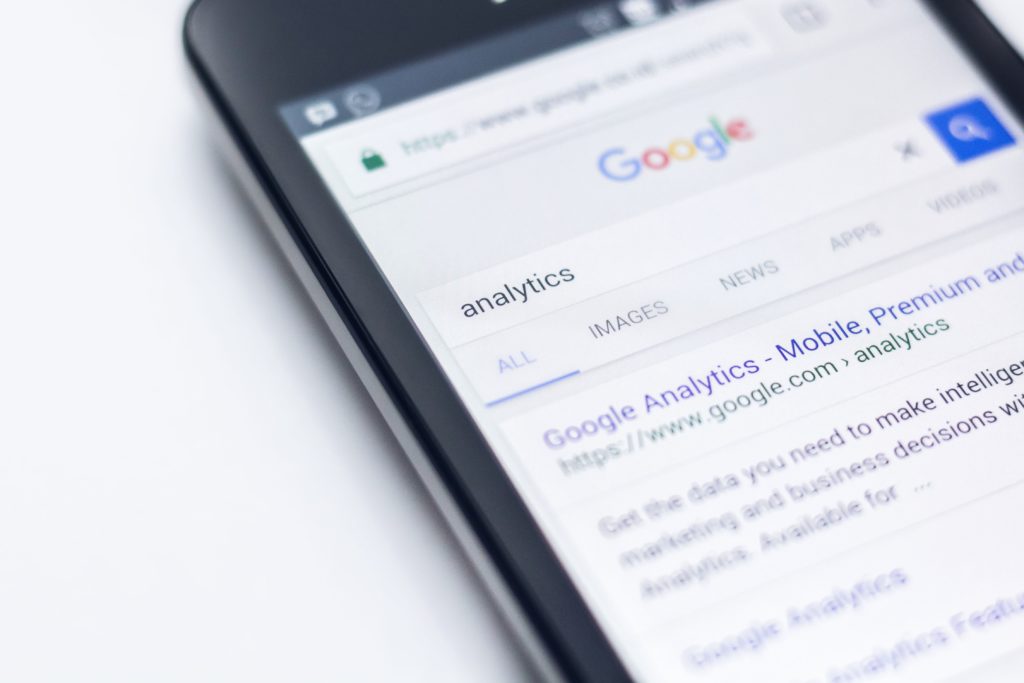Related Articles
Calling Time on the Digital Advertising Party!
With consumers spending more time researching products online and diverting their attention from traditional to social media, money has been pouring into digital advertising.
The past decade has seen a boom in digital advertising spend but could 2017 be the year when we finally see some sanity restored? With consumers spending more time researching products online and diverting their attention from traditional to social media, money has been pouring into digital advertising. The numbers are quite staggering. As a private company in 2011, Facebook generated just under $4bn in sales. Since going public its revenues have rocketed and last year it generated $10bn in income on sales of $28bn. Similarly in 2016, Google received $80bn in advertising revenues and it is by far the global leader in search advertising. It is estimated that this year, digital ad spend in the US will exceed TV ad spend for the first time. Think about it, all of the money going across all of the TV platforms in the US will be dwarfed by the money going, primarily, to the big two digital advertisers. It has been a great run but one that may just be ending.

Scarcely a quarter goes by now without some bad news story for the digital advertisers. Google have been making headlines this month when it was revealed that paid ads were appearing alongside extremist and unsavoury content particularly on YouTube. Up to 250 advertisers, including the likes of L’Oreal, McDonald’s, Walmart and GM suspended advertising on YouTube and in some cases on its entire display network until the problem was rectified. Similarly late last year, Facebook was in the news when it admitted that it had overstated how long users watch videos on its site by up to 80 percent. This was a result of how it calculated its ‘average duration of video viewed’ number which was the total number of minutes a video was watched divided by the total number of views. However, Facebook only counts a view as someone watching a video for at least three seconds which had the effect of understating the denominator and making the duration of video views look attractive.
Each emerging controversy reflects a growing disenchantment with digital advertising. As it grew, digital promised a shiny age of measurement and transparency where advertisers could target precisely the customers that they wanted to and measure the effectiveness of their ad spend to the cent. But instead, advertisers have encountered business models that are opaque at best and a dizzying fog of metrics to get their heads around. A particular case in point is display advertising – that is banner ads and pop-ups that appear on webpages many of which are now served up in real-time and the type that has been at the centre of Google’s problems this month. The structure through which an advert by say Coca-Cola appears on say TV3’s home page is potentially a complex one involving ad exchanges and demand-side and supply-side platforms. For each euro spent on this kind of advertising, some estimates put the amount actually reaching the publisher (in this case TV3) as being as low as 30 percent. The rest goes on intermediary commissions.
These types of issues are leading to more big brands to question their digital spending. Earlier this year Mark Pritchard, the chief brand officer at P&G, raised a number of concerns about digital advertising particularly the lack of external validation of the numbers being supplied by the digital duopoly of Facebook and Google. A study reported by Adweek last year noted that a third of brands had indicated that they were shifting more of their budgets away from digital and back to traditional media. It would appear that the era of easy money is coming to an end for the digital advertisers.
John Fahy is an IMI associate on the Senior Executive Programme. He is Professor of Marketing at the University of Limerick in Ireland and Adjunct Professor of Marketing at the University of Adelaide, Australia.





